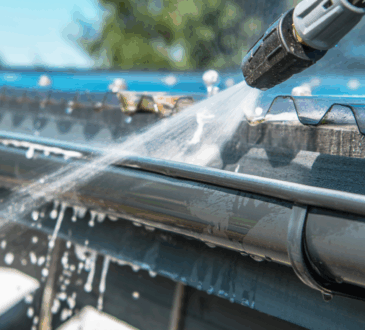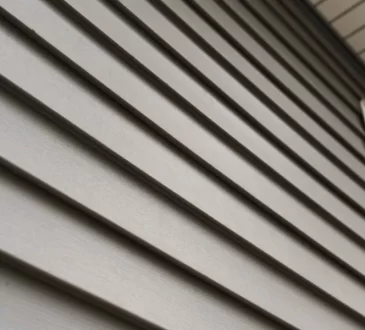
As seasons change, various house structures face unique insulation challenges that impact energy efficiency and comfort. Each construction type responds differently to temperature fluctuations throughout the year, from historic brick homes to modern timber frames. Understanding these seasonal variations is essential for maintaining optimal indoor conditions regardless of outside weather extremes.
Winter’s chill calls for different solutions
When winter arrives, the insulation needs of different home structures become more pronounced. Older brick homes often struggle with thermal bridging, where cold transfers directly through solid materials. Meanwhile, newer constructions might face air leakage around windows and doors. The dense thermal mass is both an advantage and a challenge for brick structures. While brick slowly absorbs heat during warmer hours, it also readily transfers cold from outside when temperatures drop. Working with a Batt Insulation Contractor in Chicago provides specialised knowledge of how these regional factors affect different house structures. Their wooden structures naturally provide some insulation, but the numerous joints and connections create potential pathways for heat loss. These homes benefit from continuous insulation systems that wrap the entire structure.
Summer heat demands thoughtful planning
When temperatures rise, insulation challenges shift dramatically. Homes with large windows and modern designs often struggle with solar heat gain, while structures with minimal attic insulation may experience significant temperature increases on upper floors. Summer presents particular difficulties for homes with flat or low-pitched roofs as heat builds directly above living spaces. These buildings require carefully planned ventilation alongside appropriate insulation to prevent heat accumulation.
- Reflective insulation materials work well in attics to bounce back radiant heat
- Proper soffit and ridge vents create natural airflow paths to remove hot air
- Strategic landscaping with deciduous trees provides natural shade during peak summer months
Mid-season transitions expose weakness
Temperature fluctuations and humidity changes present unique challenges for insulation systems. Homes with poor vapour barriers may experience condensation during these transitional periods, leading to potential moisture problems. During these seasons, the insulation in older homes often reveals its inadequacies. Temperature swings can cause the expansion and contraction of building materials, potentially creating new gaps where air leakage occurs. A comprehensive approach becomes necessary during these transition seasons, focusing on the building envelope as a complete system rather than isolated components. The best solutions address both thermal performance and moisture management simultaneously.
New technologies transform possibilities
Modern insulation technology has evolved significantly, offering innovative solutions for seasonal challenges. Spray foam applications create seamless barriers, while advanced fibreglass products improve performance in tighter spaces. The preservation concerns often limit insulation options. However, newer materials designed specifically for these applications allow energy improvements without compromising architectural integrity.
- Aerogel insulation offers superior R-values in ultra-thin applications
- Phase-change materials actively respond to temperature fluctuations
- Smart vapour retarders adjust their permeability based on seasonal humidity levels
The unique seasonal insulation challenges different house structures face, homeowners can maintain comfortable indoor environments year-round while minimising energy costs. The key lies in specific building materials and designs that interact with changing weather conditions and implementing appropriate solutions that work with, rather than against, these inherent characteristics.




